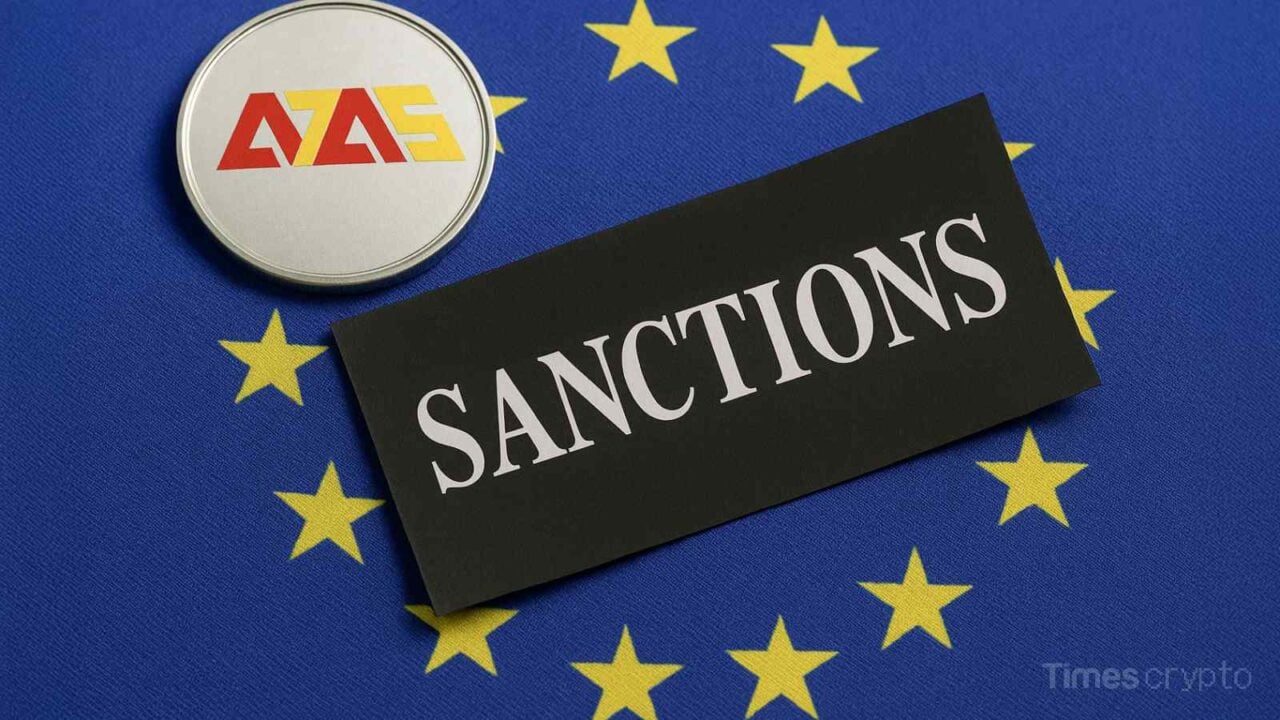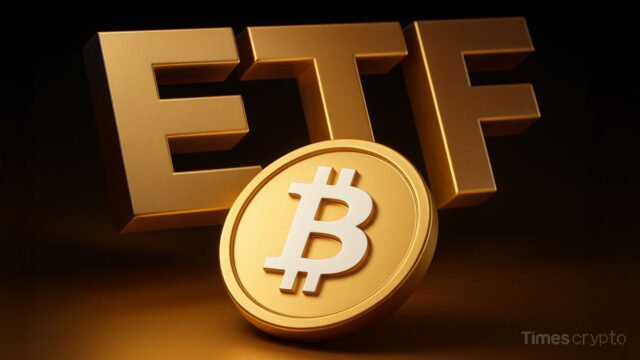Key Takeaways
- The European Union is preparing to sanction A7A5, a ruble-backed stablecoin linked to Russian and Moldovan financial interests, as part of a broader crackdown on crypto assets used to bypass restrictions.
- A7A5 is issued by A7, a cross-border payments firm owned by Moldovan businessman Ilan Shor and partly held by Russia’s Promsvyazbank, with both entities subject to Western sanctions since 2022.
- Despite sanctions, A7 has expanded operations through its Kyrgyz subsidiary, offering “digital bills of exchange” that allow international transactions in rubles and other currencies via blockchain.
- EU officials say the proposed measures reflect growing concern that state-linked stablecoins could create parallel payment systems, prompting new oversight of digital assets in sanctioned jurisdictions.
Table of Contents
The European Union is considering imposing sanctions on A7A5, a ruble-pegged stablecoin linked to Russian financial networks, as part of a wider effort to tighten restrictions on crypto assets that could be used to bypass existing sanctions.
According to documents seen by Bloomberg, the proposal would prohibit any EU-based entity from engaging, directly or indirectly, in transactions involving the token.
The plan also includes new measures against banks in Russia, Belarus and Central Asia that are believed to have facilitated cryptocurrency-related transfers connected to the stablecoin.
What is A7A5?
The A7A5 token is issued by A7, a cross-border payments company owned by Moldovan businessman Ilan Shor and partly held by Promsvyazbank (PSB), a Russian state-linked lender. Both men and institutions have been under Western sanctions since 2022.
The stablecoin is pegged one-to-one with the Russian ruble and operates primarily on the Tron blockchain, where it is used to move funds across borders without relying on the traditional banking system.
According to A7’s representatives, the company issues “digital bills of exchange” that allow holders to receive the stablecoin into their wallets in amounts matching the nominal value of the bills. The tokens can then be exchanged for rubles at A7 branches or converted into other currencies through affiliated partners.
This mechanism has made A7A5 a convenient instrument for entities seeking to conduct trade in rubles amid ongoing restrictions.
Expansion Beyond Russia
Despite being under sanctions, A7 has continued to expand its operations through A7-Kyrgyzstan, which manages parts of the stablecoin’s issuance and settlement process, as the token is registered in Kyrgyzstan, a jurisdiction with comparatively open regulations for cryptocurrency businesses.
According to Russian financial newspaper Vedomosti, A7’s Kyrgyz arm began offering the digital bill service earlier this year to help businesses settle international contracts.
The company’s network reportedly collaborates with several regional partners, including platforms in Central Asia, allowing transactions to be processed in rubles, euros or local currencies.
Data compiled by blockchain analytics firms cited by Reuters indicates that transfers involving A7A5 surpassed $40 billion by mid-2025, with daily volumes at times exceeding $1 billion.
Links to Sanctioned Entities
Authorities have raised concerns over A7A5’s infrastructure, noting its development ties to Garantex, a Moscow-based crypto exchange sanctioned by the United States in 2022.
Promsvyazbank, which provides banking support to Russia, has also been sanctioned by the EU, UK and US.
The involvement of these institutions has placed A7A5 under closer scrutiny from Western regulators.
Enforcement Challenges
EU officials acknowledge that enforcing such restrictions will be complex. as A7A5 operates largely outside the bloc’s jurisdiction, and its blockchain-based nature allows it to continue circulating even after specific wallets or intermediaries are blacklisted.
Analysts note that after previous sanctions actions, A7A5 tokens were reportedly “burned” and reissued to new addresses, a process that makes tracking and enforcement significantly harder.
Although A7A5 operates on a transparent blockchain, questions remain about the backing of its ruble reserves. The company says each token is supported by deposits held at Promsvyazbank and claims that the reserves are subject to regular audits, but no independent verification of those reports has been made public.

Broader Implications
European officials have warned that cryptocurrencies pegged to national currencies could become parallel payment systems beyond traditional oversight, and the proposed sanctions on A7A5 underscore growing regulatory attention on the use of stablecoins in geopolitically sensitive payments.
If approved, the restrictions would make it illegal for EU-based exchanges, payment processors or individuals to facilitate any A7A5-linked transactions, effectively cutting the stablecoin off from European financial infrastructure.
However, experts note that the measure may have limited immediate impact outside the bloc, where A7A5’s main users and settlement partners are located.
The EU’s move reflects a broader trend among Western regulators to close loopholes in financial sanctions through crypto networks, a sign that digital assets are now on the front line of global economic enforcement.
Read More: Russia’s Central Bank Eyes Bitcoin to Counter Ruble Weakness







